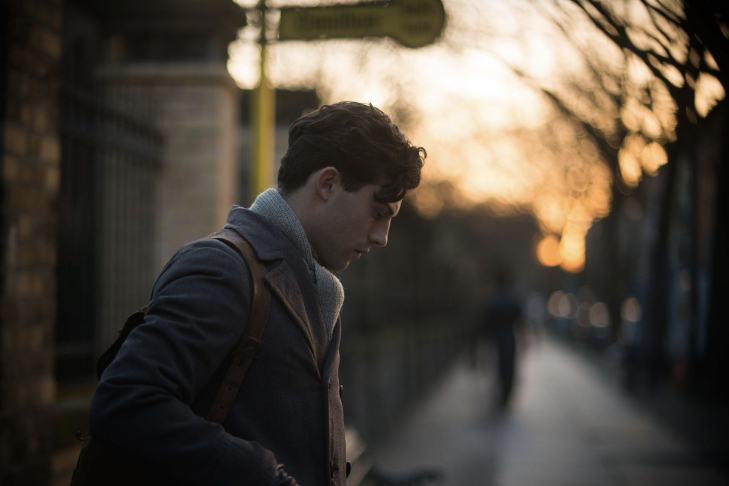In June of 1943, Berlin was declared free of Jews. This, however, just wasn’t true—thousands of Jews continued to live in the city, in hiding and in disguise. Claus Räfle’s new docudrama, “The Invisibles,” tells the story of four of these Jews who survived in the city, despite everything working against them.
In this almost two-hour film, we are invited into the personal stories of Cioma, Ruth, Eugen and Hanni through a combination of interviews, reenactment and archival footage. Viewers follow the characters as they move from location to location, usually at the will of non-Jews. We see, hear and come to know Cioma, Ruth, Eugen and Hanni through in-person interviews and their actor alter-egos.
This is a unique film, but its experimental technique is what left me disappointed. And what I was excited for is also what made it fall flat: the decision to weave a variety of different sources together. I’ve seen this style succeed elsewhere, namely in “Night and Fog” (1956), one of the first Holocaust documentaries ever made. In “Night and Fog,” the filmmakers carefully chose what shots should be in the “present” and what should be in the “past,” to get viewers to reflect on space and time.
Here, though, the use of constant cutting to archival shots of 1940’s train tracks and busy streets felt distracting and alienating. I was already in 1943 in the reenactment and pulling me out of it to see a different 1943 didn’t make sense to me; it took me out of the story.
At the same time, the overuse of dramatic music took away from the film. I felt like I wasn’t given any room to think, and the music was trying to tell me what to feel. Hanni sits in a bathroom and falls asleep while the music gets louder and louder, for example, but nothing comes of it, except for a woman asking her if she’s OK. Eugen enters a home to stay and gets interrogated by a man in uniform, and the same anxiety-ridden music plays. This happens countless times, and at some point, I became desensitized to the music.
Despite its issues, the stories of survival make it worth seeing. These four people made it through the war because non-Jews stepped in and intervened. Ruth, for instance, was employed at a German colonel’s house, and Hanni became the second daughter to a woman whose son was off fighting in the war. And we see, after years in hiding, the characters are finally allowed to reclaim their visibility.
This post has been contributed by a third party. The opinions, facts and any media content are presented solely by the author, and JewishBoston assumes no responsibility for them. Want to add your voice to the conversation? Publish your own post here. MORE



